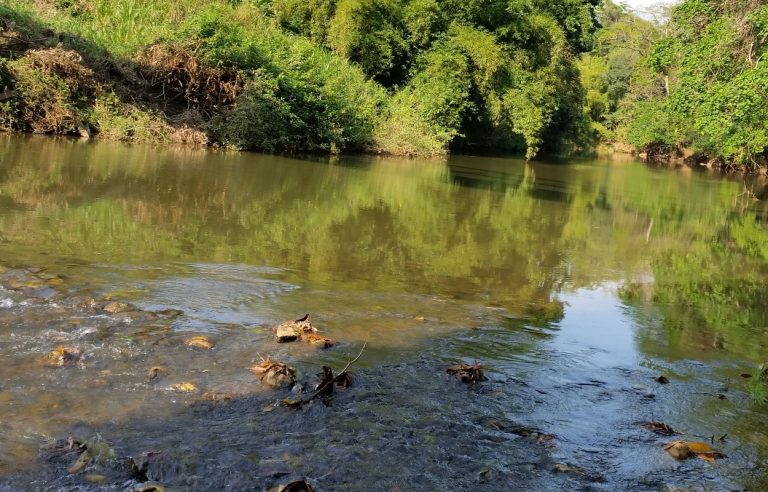
Can I purchase non-food items with the EBT card?.How much will I receive on my EBT card each month?.List of stores that accept EBT cards online for delivery.
#Riffle river how to
How to appeal a Food Stamps denial in Louisiana?.What are the Eligible Food items under SNAP?.What to Expect From the Louisiana SNAP Interview?.How to fill up the Louisiana SNAP Application?.How to Apply for Louisiana Food Stamps by Mail?.How to Apply for Louisiana Food Stamps in Person?.How to Apply for Louisiana Food Stamps Online?.What do you need to apply for Louisiana Food Stamps?.So now that you know the difference between a riffle and a rapid, keep an eye out for the Rapid by Rapid: A Hatch Staffer’s first experience with white water rafting in the Grand Canyon blog series. Lucky for us! We now get to enjoy the incredible result of the Colorado River’s journey across time, year after year, riffles and rapids alike.

Then, finally, the fast moving water collides at the bottom of the rapid with the slow current of the river’s regular flow causing one last upward splash of water.Īlthough changes are still occur year after year, most of the rapids and riffles we know today were formed in times long past. As the water leaves the pool it speeds up through the boulder-choked areas. During these heavy rains extreme flash floods can carry massive amounts of debris, rocks, and sometimes large boulders down into the Colorado River.Īll this debris can dam up the canyon and force the water to slow down and pool at the top of the rapid. With a few exceptions, many of these side canyons are dry year-round, except during rainstorms. There are hundreds upon hundreds of side canyons and drainages that bring water into the Colorado River. The vast majority of the rapids running through Grand Canyon were created by a unique mixture of this ‘differential erosion’ and another important component – flash flooding. The water crashes against the less eroded rocks or into slower currents of water and causes the famous whitewater splashes we all love. As water runs faster down these steeper sections, the softer rocks erode more quickly than the harder rocks causing a variance in water levels and speeds. Typical rapids in rivers across the globe are caused by five factors: water, steep gradients, harder rocks, softer rocks, and time. Now that you’re more familiar with what a riffle is, let’s briefly discuss what a rapid is and what to expect on your trip through the Grand Canyon. By this point in the trip you will have no problem just hanging back and enjoying the minor bumps and jostles. The last significant ripple along this stretch is referred to simply as 73.6 Mile Riffle. The lesson here is that even though a riffle is smaller than a rapid it is still a powerful force of nature always wear your life vest! Brown’s Riffle is located just below Soap Creek Rapid at about 12.1 river miles, and memorializes F.M. The next riffle you will encounter is the most infamous. The confluence of these rivers can also be a brilliant site when the two water sources are startlingly different colors and mix together as they move down river. This is an excellent place to get your feet wet and prepare for the larger rapids to come. 2 river miles into your trip and is called the Paria Riffle. The first notable riffle on the Lee’s Ferry to Whitmore Wash stretch is only about.

Debris of some sort is built up at the confluence and causes a faster flowing, more turbulent section of water than usual – this is our riffle. Or at least warm you up for the bigger thrills.Ī riffle in the Grand Canyon occurs when a water source flows down a tributary and merges with the Colorado River. Despite their baby status, riffles usually have a rating of about 2 and can still take you for a decent ride. In the 188 river miles from Lee’s Ferry to Whitmore Wash you will encounter rapids that tip the scale on both ends, with ratings as low as 2 and up to about 8.Īn easy way to think of a riffle is like a baby version of the many more difficult rapids you’ll encounter through Grand Canyon. They are assigned a difficulty level on a scale of 1-10, with 10 being the most challenging. What is the difference between a riffle and a rapid? Let’s explore some of the basic differences so you can be in the know before your next Grand Canyon excursion.įirst of all, whitewater sections on the Colorado River are rated differently than elsewhere. Rapid is a term you will hear over and over on your trip, but you will also hear a lesser known term referring to a different type of whitewater – a riffle. While exploring the Grand Canyon on your next Colorado River trip, you will experience the blood pumping excitement of world famous rapids like Soap Creek, Crystal, and Lava Falls.


 0 kommentar(er)
0 kommentar(er)
